5 Facts About the U.S. Special Forces
Read below to discover some interesting facts about the U.S. Special Forces.
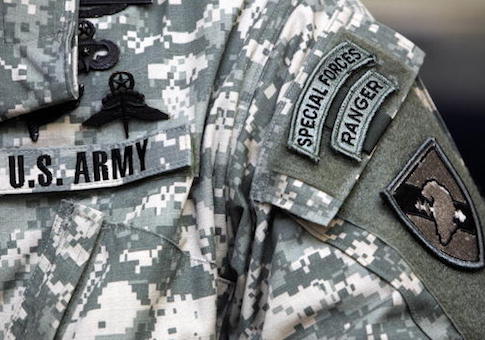
Primary Special Forces Missions
Did you know that Special Forces Soldiers are trained to perform several key missions? Each is meant to be performed effectively and efficiently in a small-team operational structure. These missions include:
- COUNTERINSURGENCY: Special Forces Soldiers are often deployed to prevent terrorist and insurgent incidents abroad. They respond to terrorist activities and train other nations’ militaries in the basics of fighting insurgents.
- UNCONVENTIONAL WARFARE: The cornerstone of Special Forces operations, unconventional warfare is activities conducted to enable a resistance movement or insurgency to coerce, disrupt, or overthrow a government or occupying power by operating through or with an underground, auxiliary, and guerrilla force in a denied area.
- DIRECT ACTION: Direct Action missions are short duration strikes used to seize, capture, recover or destroy enemy material, or recover personnel.
- FOREIGN INTERNAL DEFENSE: Foreign Internal Defense is the act of training and equipping foreign allied military forces to defend against insurgency, subversion, terrorism and other security threats.
- SPECIAL RECONNAISSANCE: Surveillance conducted in hostile, denied, or diplomatically or politically sensitive environments is known as Special Reconnaissance. During this mission, Soldiers collect or verify information of strategic significance, and employ capabilities not normally used by conventional forces.
- SECURITY FORCE ASSISTANCE: During Security Force Assistance missions, Special Forces Soldiers are called upon to train and develop the defense capabilities of friendly and developing nations.
The History of the Green Beret
The first Special Forces unit was formed in 1952, under the U.S. Army Psychological Warfare Division. The initial 10th Special Forces Group was led by COL Aaron Bank, who was involved in several sensitive operations during World War II, including an operation to capture or assassinate Adolf Hitler. Bank is often referred to as the father of Special Forces.

During World War II, a group of elite U.S. Army Rangers trained at an intensive commando school in Scotland, run by British fighters who wore distinctive green berets. Upon graduation from the program, which included stringent training in mountaineering, river crossings and field survival, the soldiers were rewarded with the same berets. In 1954, Special Forces Soldiers adopted the iconic Green Beret as a means to distinguish themselves from the conventional Army. Their official and exclusive right to the beret was not recognized until 1962, when John F. Kennedy ordered that they be made a “symbol of excellence, a badge of courage, a mark of distinction in the fight for freedom.”
The Special Relationship Between Green Berets & JFK
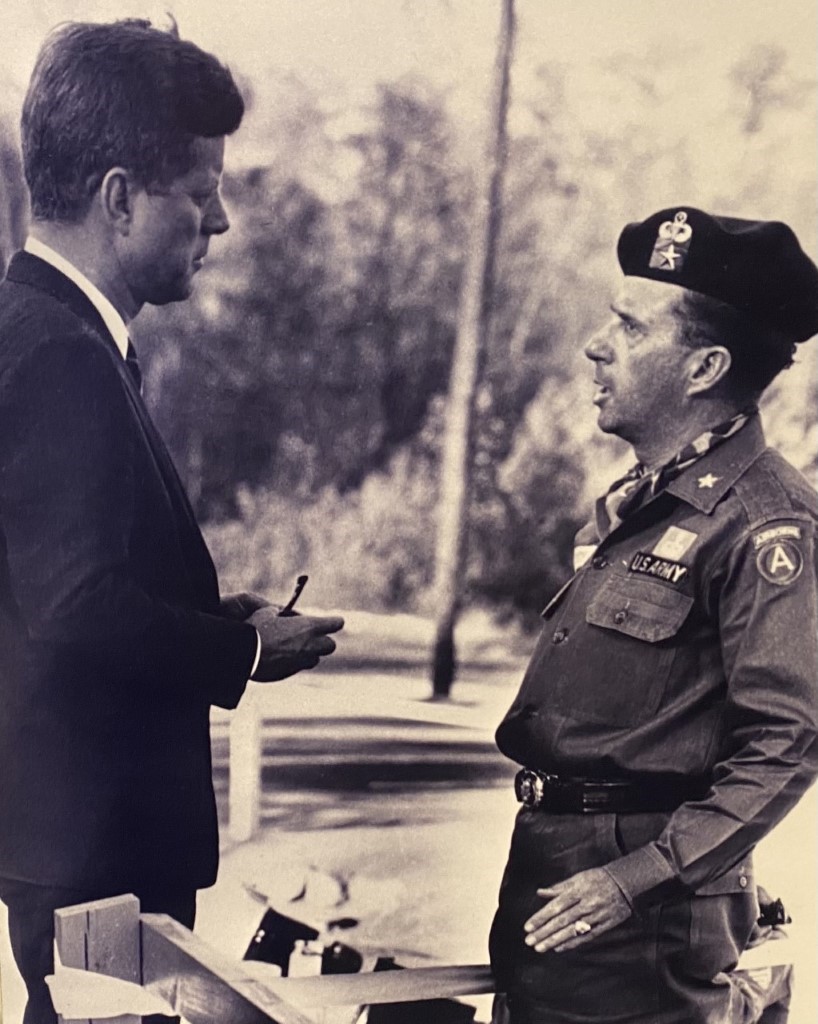
President John F. Kennedy played a key role in the history of the Green Berets, and is a particular hero of the Army Special Forces. In 1961, when President Kennedy was preparing to travel to Fort Bragg, North Carolina, he sent word to Brigadier General William Yarborough for all Army Special Forces soldiers to wear their green berets for his visit. In advance of the visit, the U.S. Army officially authorized the beret as part of the Special Forces uniform, and Yarborough greeted the president wearing his own green beret. Kennedy continued his support for the Special Forces in 1962, calling the green beret “a symbol of excellence, a badge of courage, a mark of distinction in the fight for freedom.”
Within hours after the president’s untimely passing, Jackie Kennedy requested that Green Berets participate in the Honor Guard for his funeral. The Special Warfare Center immediately published orders for forty-six Green Berets to travel to Washington, DC on the following day. To this day, Army Special Forces lay a wreath and a green beret on the late president’s grave every November 22, the anniversary of his 1963 assassination. The Fort Bragg John F. Kennedy Special Warfare Center is named in his honor.
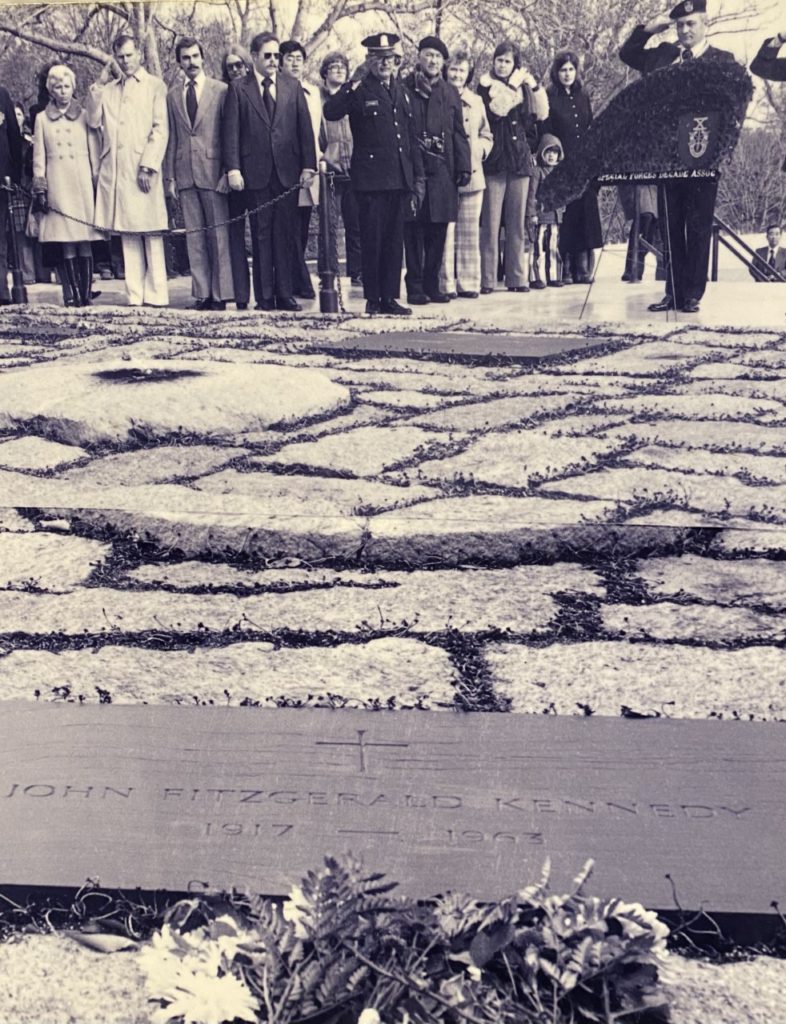
The Capability of Special Forces Medics
Special Forces Medics among the best-trained and most respected medics in the military. They’re trained to treat battlefield injuries, but they’re equally capable of walking into a village and establishing a medical clinic. They can perform physical exams, diagnose diseases, prescribe medicine for treatment, vaccinate villagers, perform minor surgery, deliver babies, treat infants and children, bandage wounds, perform some dentistry, and set broken bones. SF Medics are also trained in parasitology to identify nasty bacteria found in water wells.
The Creation of the U.S. Special Operations Command (SOCOM)
The U.S. Congress created SOCOM, the organization that oversees Special Operations command across the Army, Navy, Air Force and Marine Corps, in the wake of the failure of Operation Eagle Claw, the mission ordered by then-President Jimmy Carter to rescue more than 50 diplomats being held hostage at the U.S. embassy in Iran. That mission highlighted the need for reform and reorganization within the military, and particularly for more coordination among the various Special Ops forces. Though each branch of the military has a Special Ops command that runs its own operations, SOCOM ensures that operatives from different forces standardize training practices and equipment and work together smoothly when necessary.
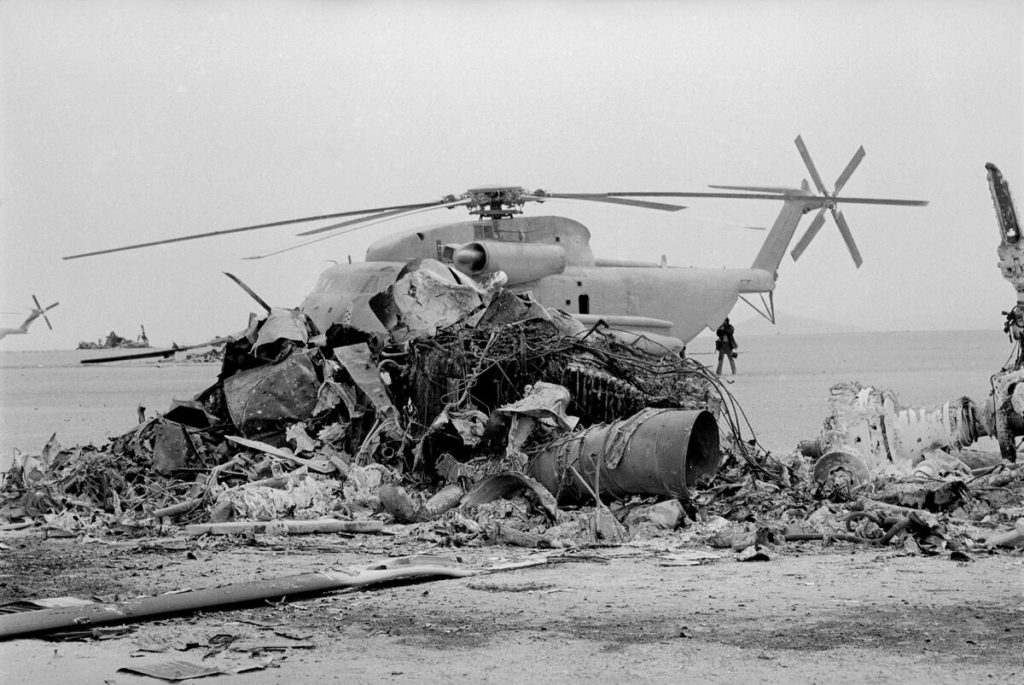
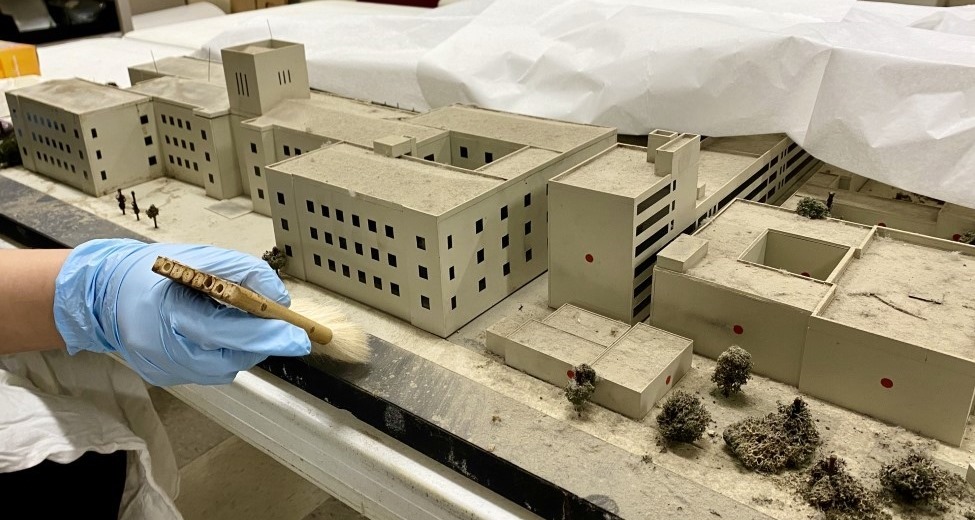
Interested in learning more about the role U.S. Special Forces Soldiers played in Operation Eagle Claw? We recommend reading the book “Phoenix Rising: From the Ashes of Desert One to the Rebirth of U.S. Special Operations”, written by COL (Ret.) Keith Nightingale, then a major, was Deputy Operations Officer and the junior member of Joint Task Force Eagle Claw.
Click below to purchase your book today!




